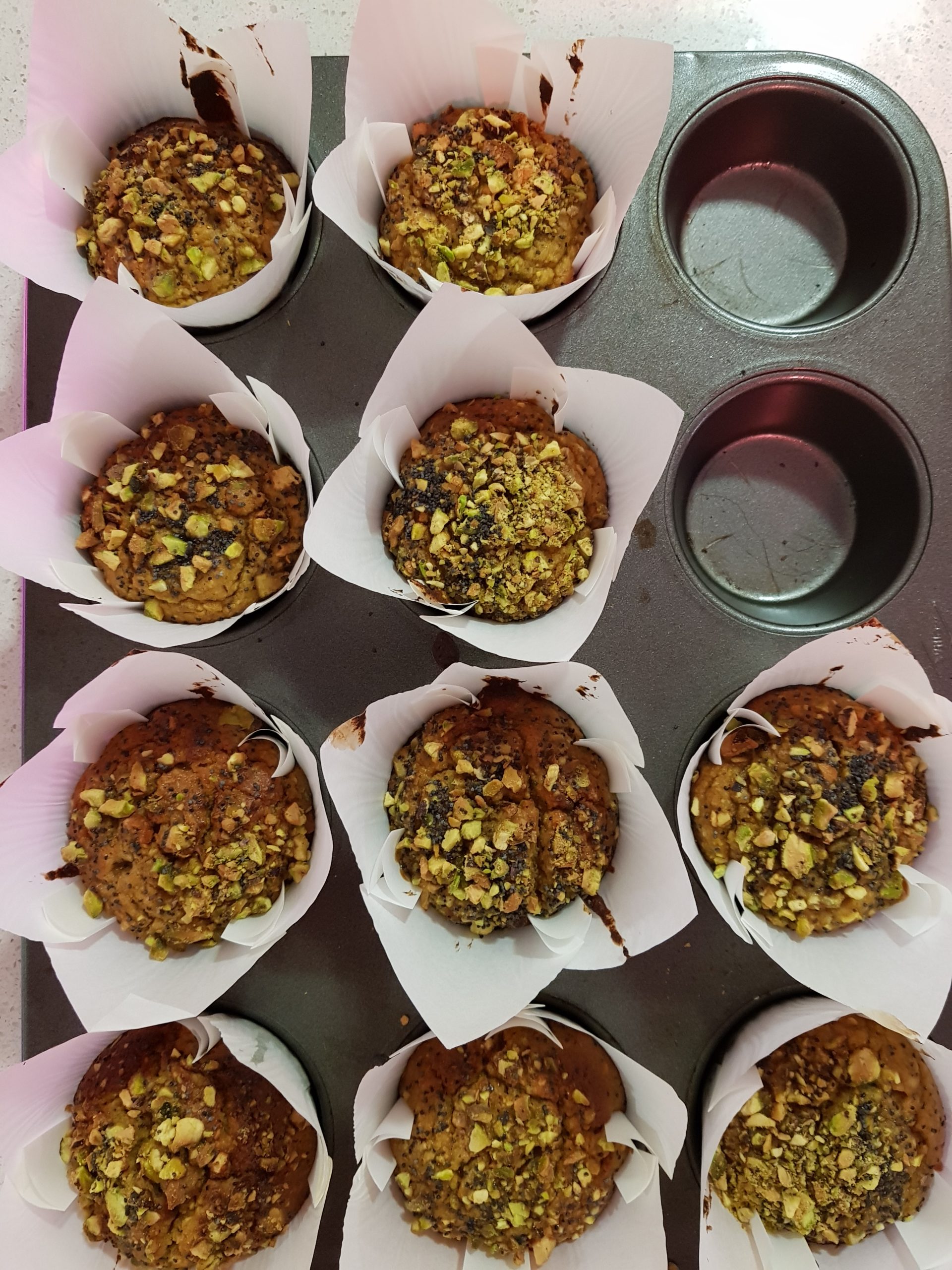These deliciously easy to make flour free fudgy brownies require just 4 ingredients!
At approximately 100 calories per flour free brownie and a whole lot of goodness including:
- magnesium
- antioxidants
- potassium
- healthy fats
- low GI carbohydrates
- protein
These sweet treats are the perfect 3pm pick-me-up…
Find that spring in your step when the afternoon slump hits!
It is important to snack smart. Foods that support and regulate healthy blood sugar levels will ensure you continue on your way feeling content, headache free and full of the kind of energy that lives on throughout your busy day.
A good quality snack should not be high in refined carbohydrates and saturated fats but it should contain a healthy balance of quality healthy fats, carbohydrates and proteins.
Simple Fudgy Choc Banana Protein Brownies (flour free) Recipe
3 medium, overripe bananas (the riper they are the sweeter they are)
1/2 cup smooth pure almond butter, or any other pure nut butter (no added salt, sugar or nasties)
2 tablespoons cacao powder
¼ cup Prana Chocolate Protein
How to prepare and cook your brownies
Preheat your oven to 180 degrees Celsius, line and grease a small loaf pan.
In a microwave friendly bowl or small saucepan on the stovetop, melt the almond or other nut butter. In a large glass or metal mixing bowl, add banana, nut butter and cacao powder and mix well with a beater (if you have a kitchen aid use this to mix for a smooth consistency).
Transfer the brownie mixture into the pre-greased pan. Bake in the preheated oven for approximately 20 minutes or until cooked through. Remove the brownie from the oven and allow to cool before slicing into pieces (this will ensure it holds together).
Cut into approximately 12 slices and store in the fridge for later enjoyment.
Why else are these brownies so awesome?
They:
- contain no added sugars, refined sugar free (all the sweetness come from the natural sugars in the bananas and the stevia in the protein powder)
- have no nasty additives
- contain no added saturated fats (just the healthy fats contained in natural nut butters)
- are dairy free, meaning they are vegan friendly
- gluten free, meaning they are perfect for coeliac and gluten intolerant (ensure that you select only products that are labelled gluten free if coeliac)

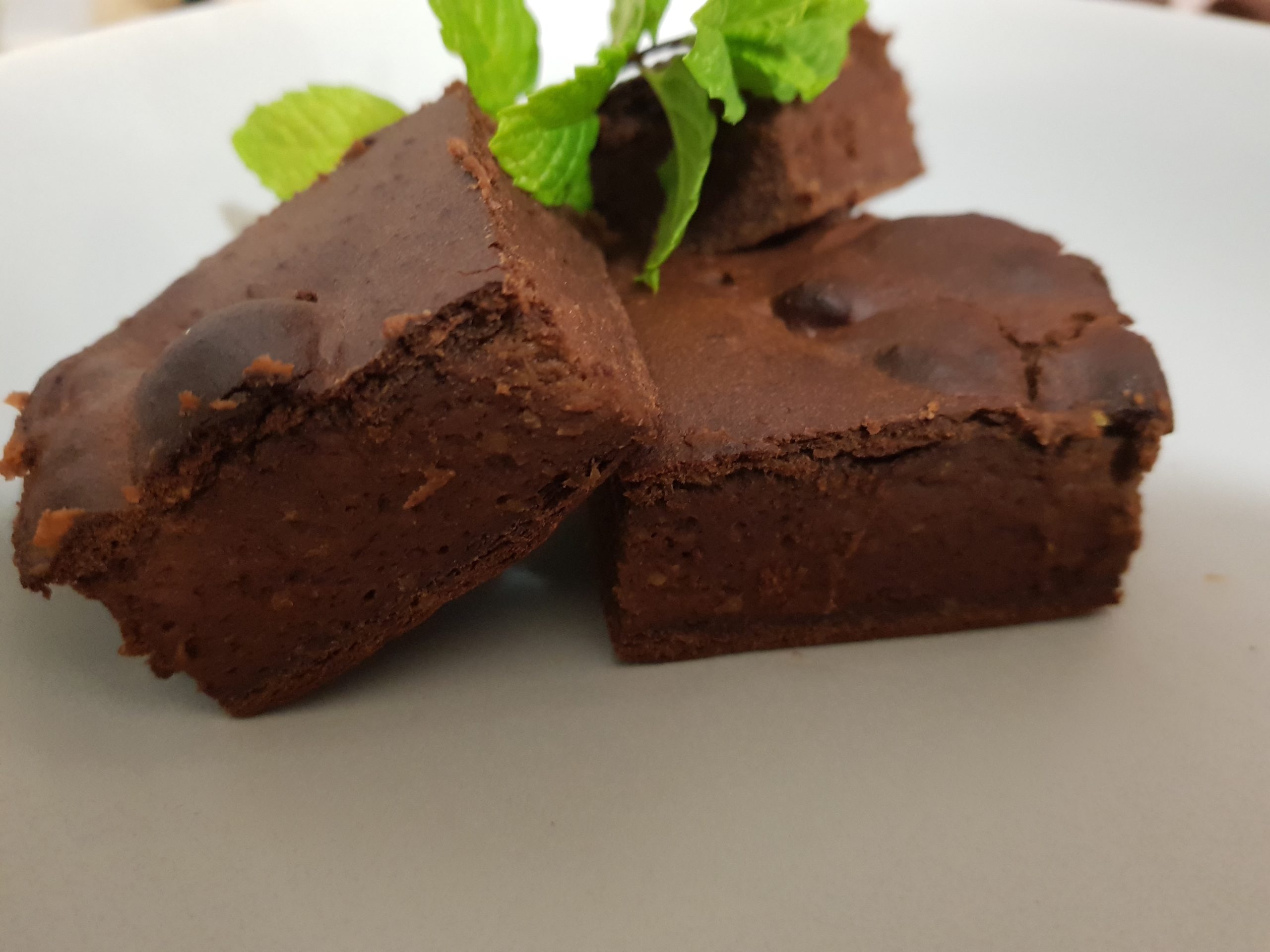
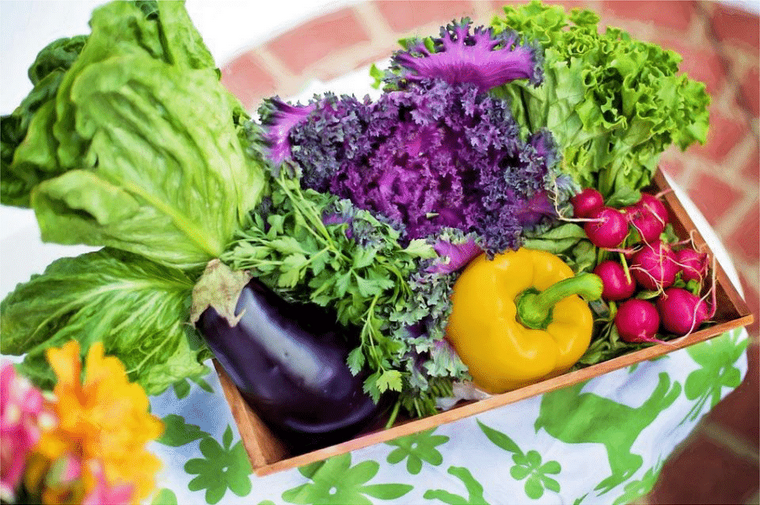

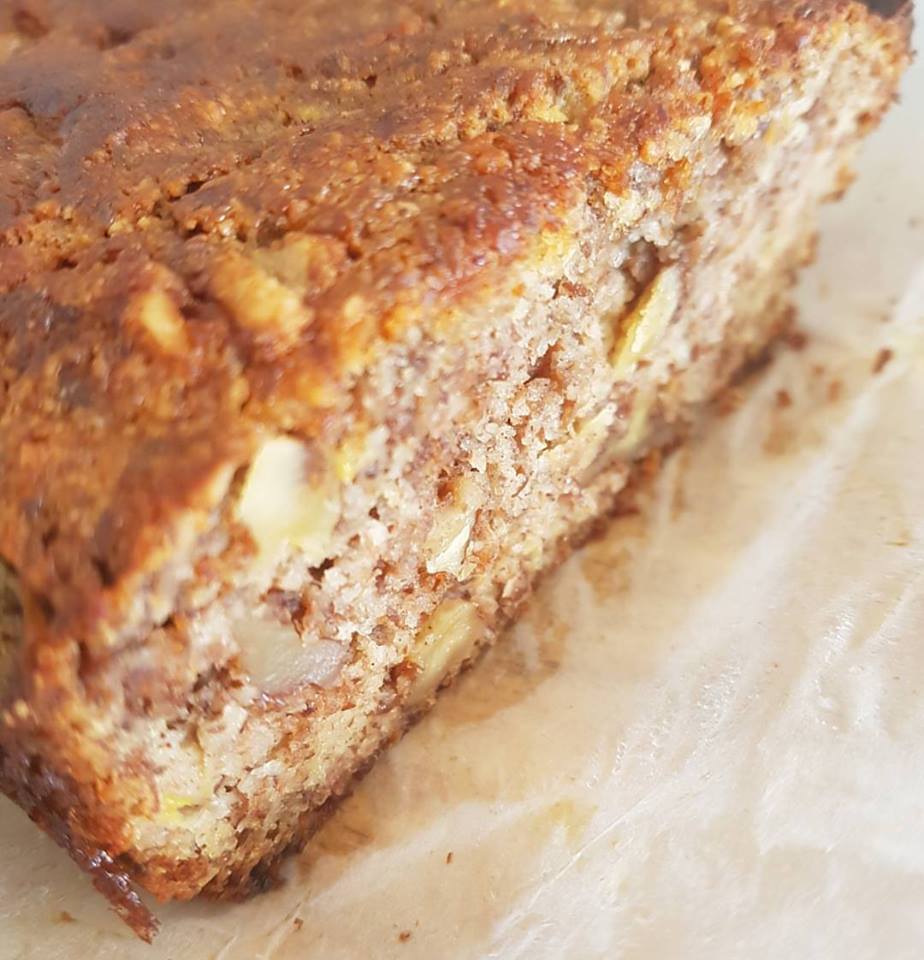
 180 degrees fan forced. Oil a loaf pan.
180 degrees fan forced. Oil a loaf pan.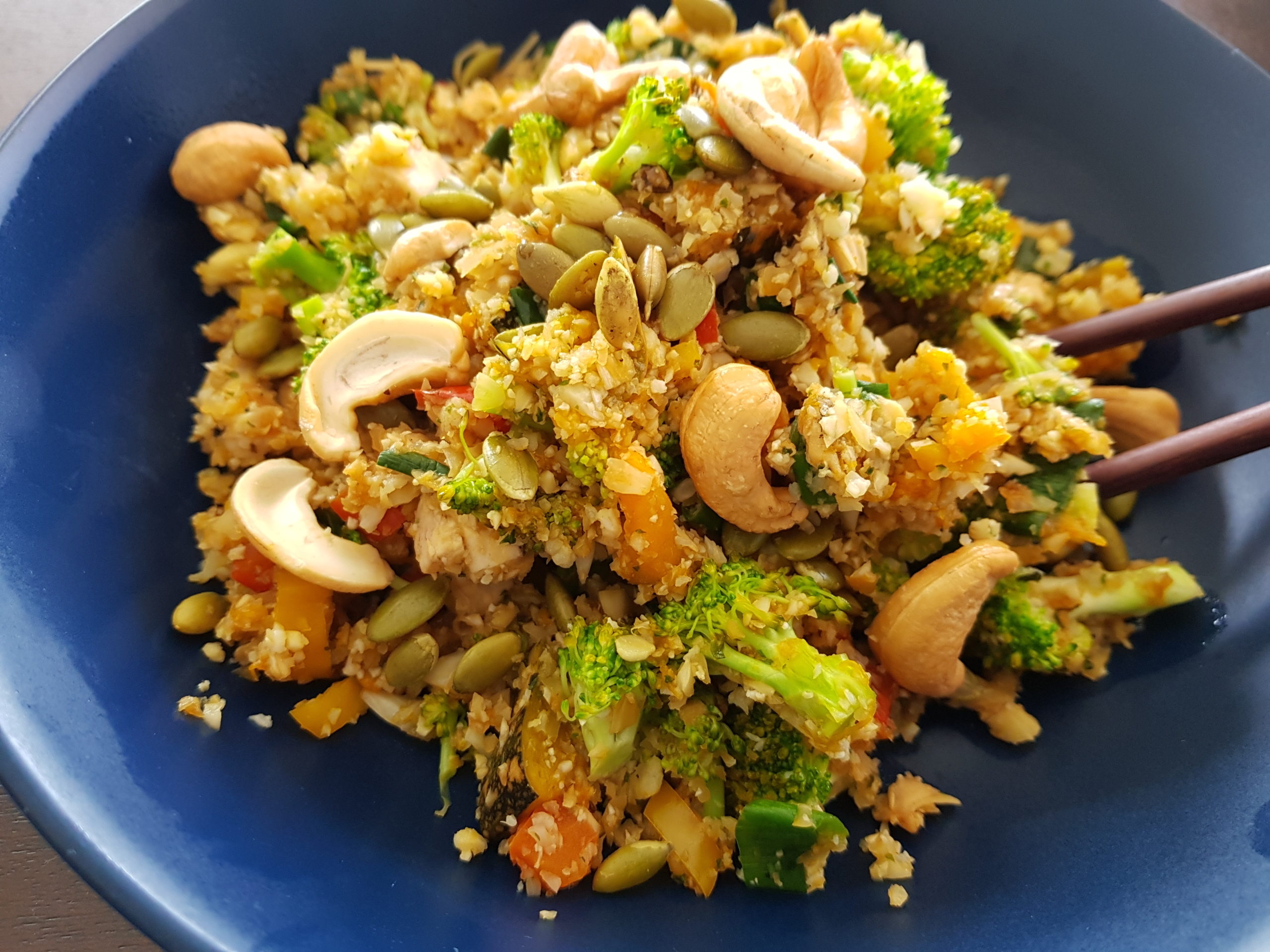

 psicum, mushrooms into a wok with 2 tbsp
psicum, mushrooms into a wok with 2 tbsp 